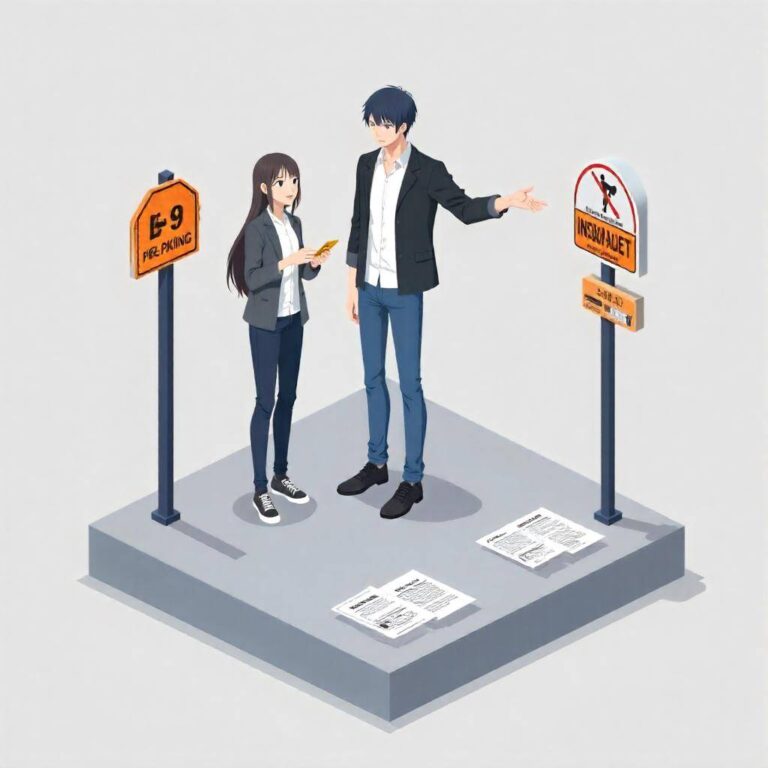Question from a reader:
I heard that if a pedestrian ignores a traffic signal and suddenly runs out, the responsibility for the accident is often judged to be 70:30 against the pedestrian. I think the insurance company for the car would end up paying, but does that mean the pedestrian has to pay out of pocket? If the other party is
poor, is it possible that they won’t receive any compensation? Also, if our car gets dented or scratched, will we be compensated based on the 70:30 ratio? Furthermore, if the pedestrian gets injured or, in the worst-case scenario, dies, will we have to pay damages and settle? I find it hard to accept that we would be at a disadvantage even though the pedestrian ignored the signal.
Considering Pedestrian Signal Violations and Accident Responsibility
Hello! Today, I want to talk about a somewhat complex legal issue, specifically regarding traffic accidents when pedestrians ignore traffic signals. This is a topic that is very relevant to many people, especially those who drive. A few years ago, I had an experience where a friend got into an accident with a pedestrian who ignored a signal. At that time, my friend was extremely panicked, saying, “What should I do, what should I do!” Accidents really do happen unexpectedly. Now, let’s delve into this issue from a legal perspective based on that experience.
What is the Responsibility Ratio?
First, let’s consider the responsibility ratio in accidents. As the questioner mentioned, when a pedestrian ignores a signal, it is generally judged in favor of the driver, often as “70:30” or “80:20.” In this case, the pedestrian’s negligence is recognized, and the responsibility for the accident is attributed to the pedestrian. However, there are conditions to this. For example, if a pedestrian suddenly runs out, it is important to consider whether the driver fulfilled their duty of care. If the driver proceeded without any caution just because the signal was green, the responsibility ratio could change.
About Insurance Payments
Now, when an accident occurs, the insurance company for the vehicle will make payments, but what happens to the pedestrian if the accident is judged to be in a disadvantageous ratio for them? As the questioner pointed out, if the pedestrian bears the responsibility for the accident, compensation will arise. If the pedestrian cannot pay the compensation for some reason, meaning if they are “poor,” it is indeed possible that they won’t receive any compensation. For instance, my friend once had a pedestrian who ignored the signal tell him, “I don’t have any money.” While legally compensation arises, if the pedestrian cannot pay, ultimately, the driver ends up suffering.
Vehicle Damage and Compensation
Next, let’s think about what happens if our car gets dented or scratched. Generally, based on the responsibility ratio of the accident, the amount the pedestrian has to bear will be determined. In other words, if the pedestrian is found to be 70% responsible, they will also have to compensate a certain percentage of the repair costs for our car. However, this is also a complicated issue in practice. If the pedestrian is unemployed or financially struggling, there is a high possibility that they won’t be able to receive proper compensation. This aspect is very troublesome for drivers who have caused an accident.
Responsibility if the Pedestrian is Injured
Finally, regarding whether we would have to pay damages if the pedestrian is injured or, in the worst case, dies. In this case, the judgment will also be based on the responsibility ratio of the accident. Even if the pedestrian ignored the signal and ran out, if we have any fault, we may still incur liability for compensation. In fact, I often feel, while watching news about accidents, “This is so unfair!” Especially in cases where the pedestrian is clearly at fault, it is frustrating that the driver has to bear responsibility.
Conclusion
Accidents caused by pedestrians ignoring signals are very complex issues for both drivers and pedestrians. From a legal perspective, the determination of who is responsible for the accident is influenced by many factors. It is essential for drivers to always pay attention to their surroundings and prepare for unexpected situations. Of course, if you find yourself in an accident, it is important to act calmly and follow the appropriate procedures. Dealing with post-accident responses and insurance processes can be very stressful, but understanding the law may help alleviate some of that anxiety. If you are driving, please use this information as a reference to help prevent accidents. Accidents can happen to anyone, so being prepared is the best strategy. Until next time, let’s meet again with a more enjoyable topic!



